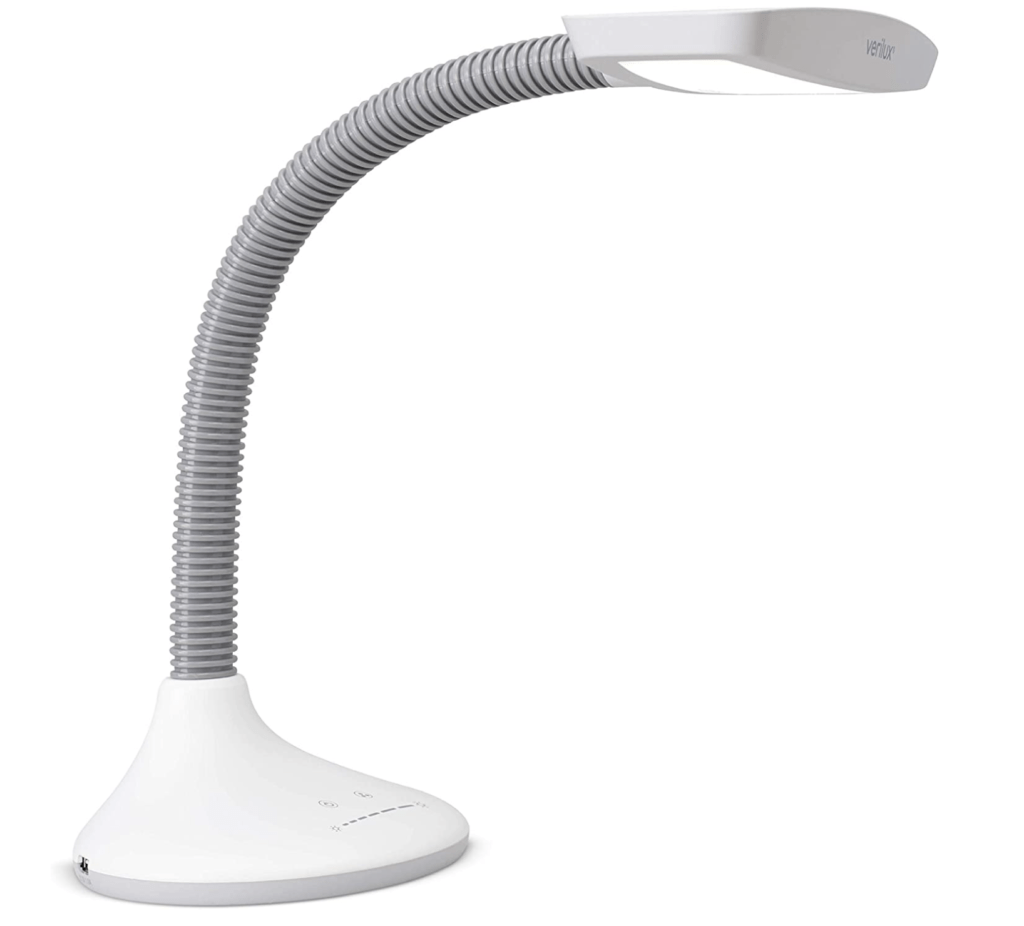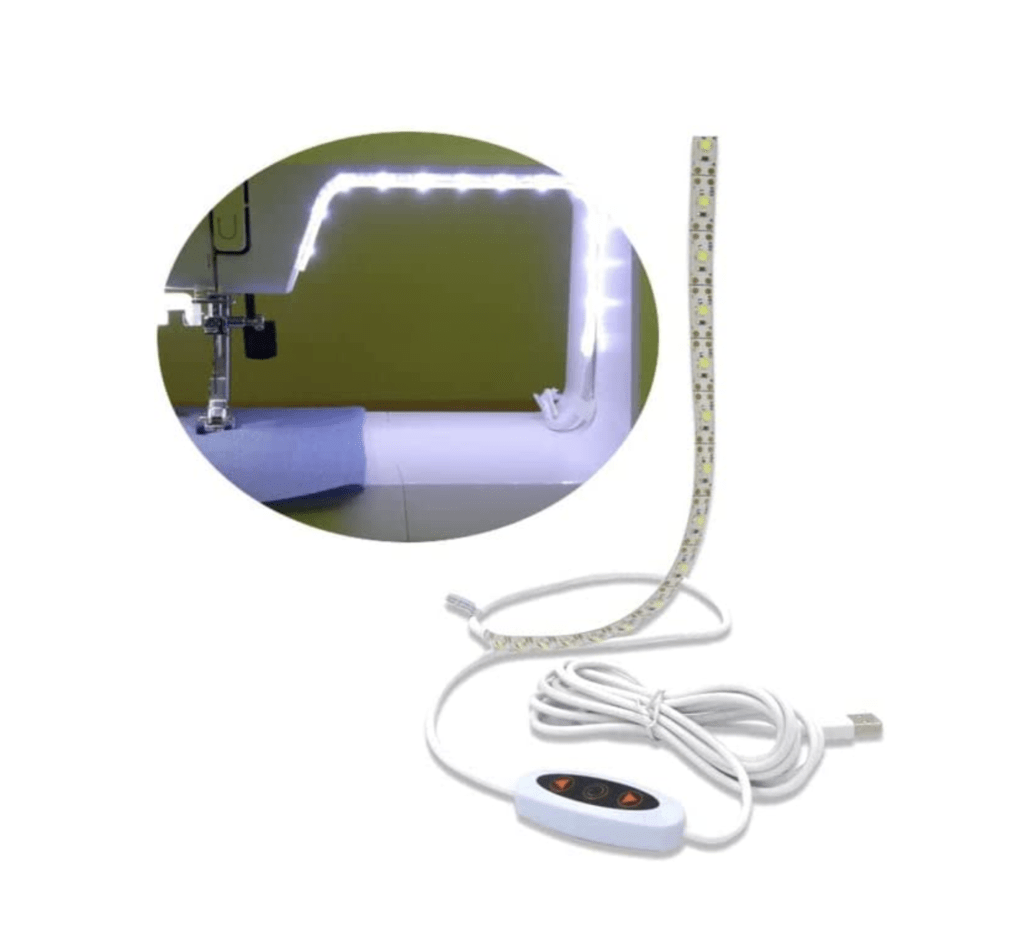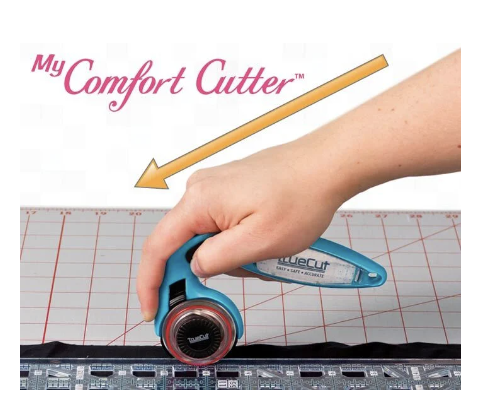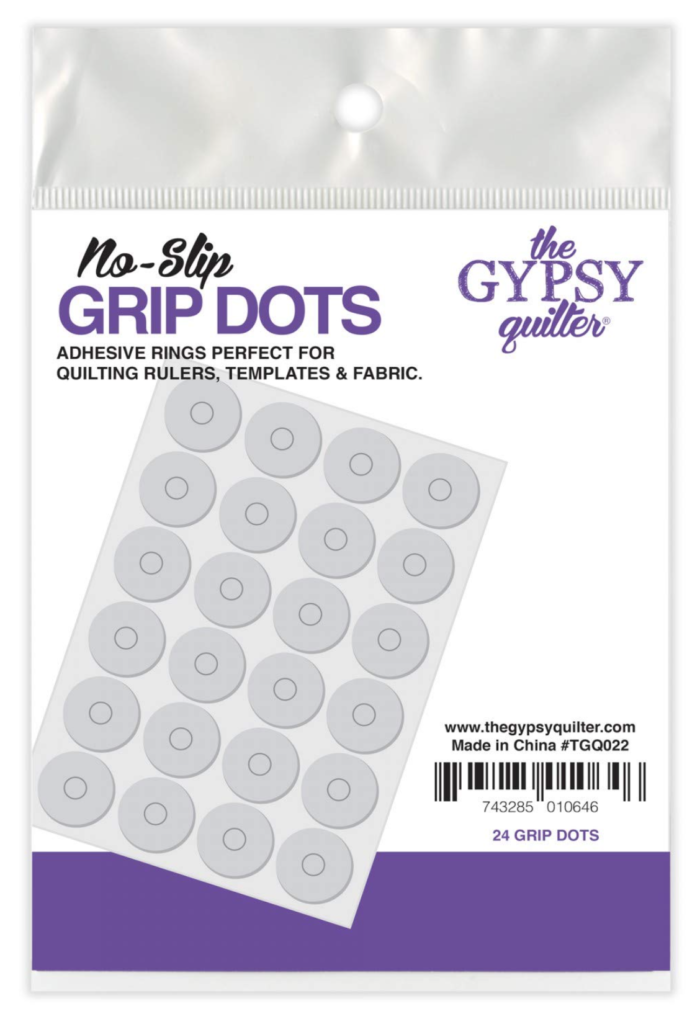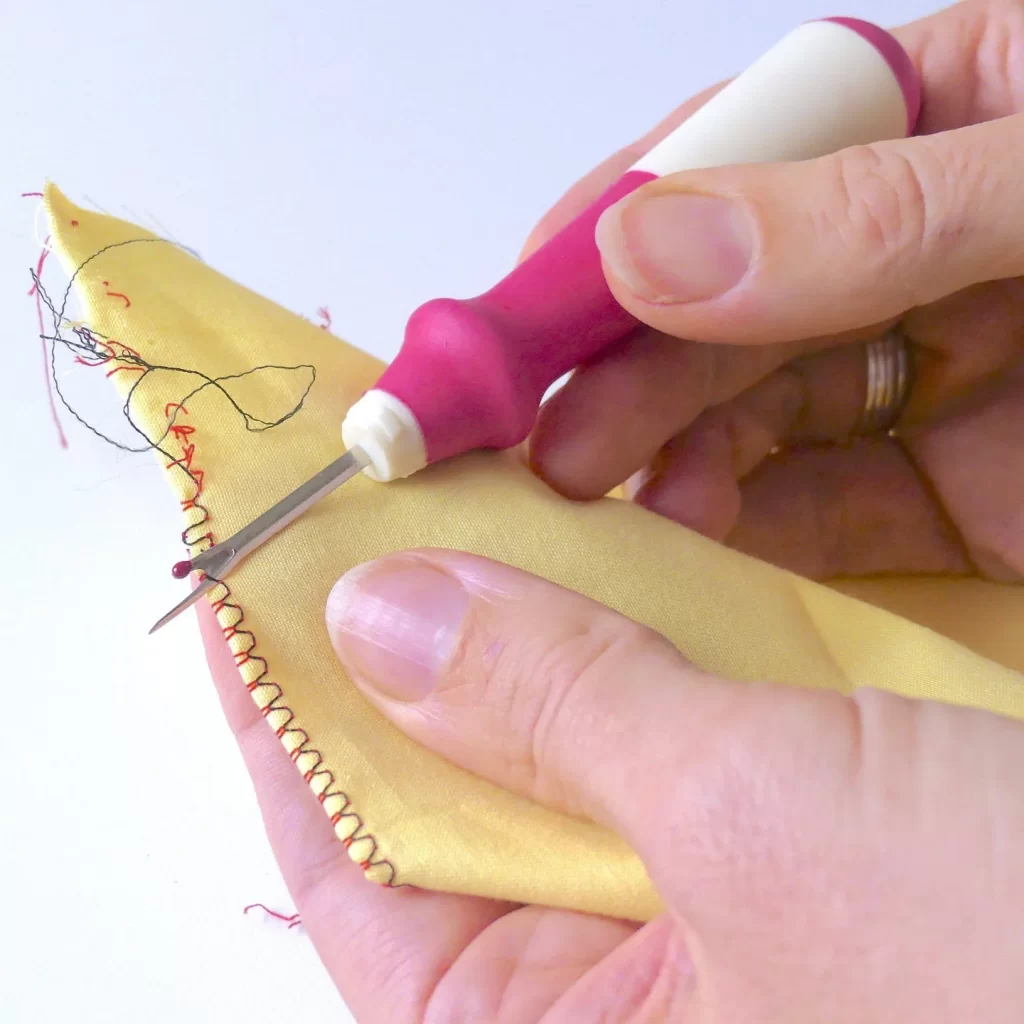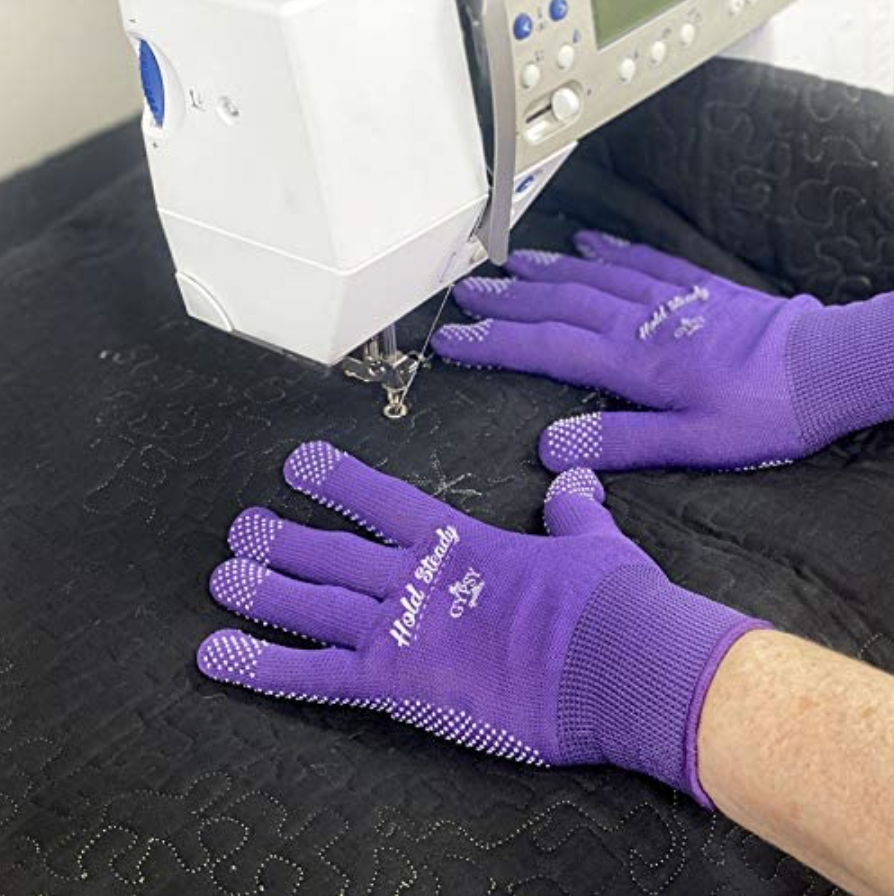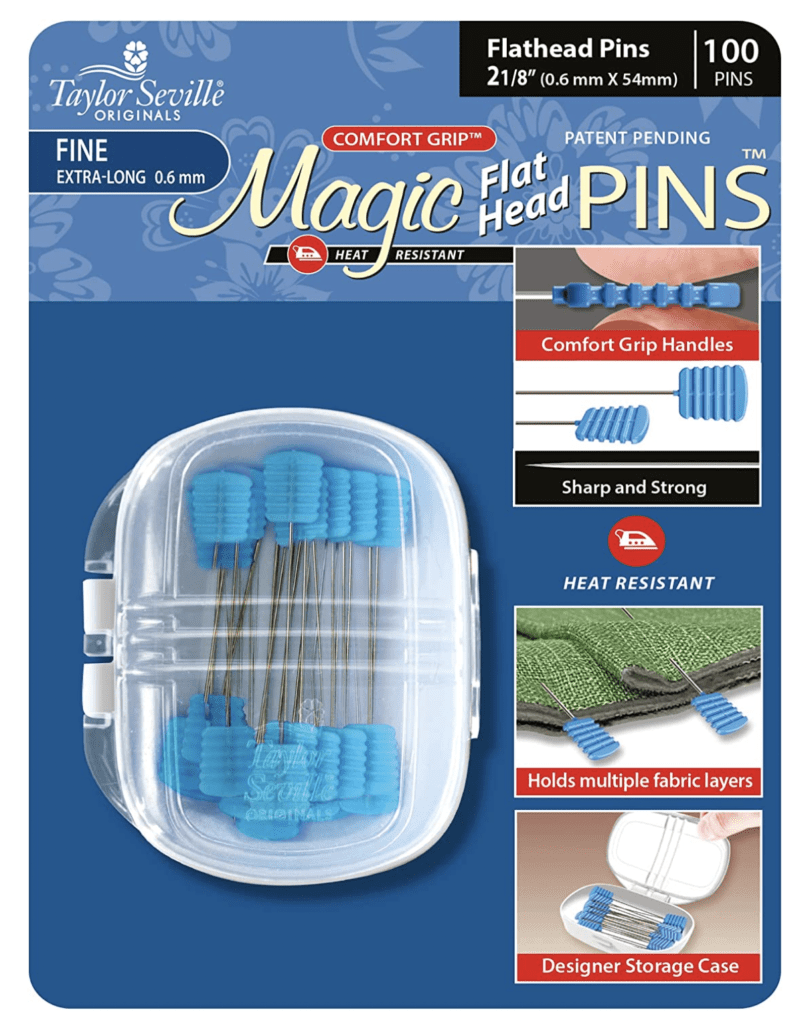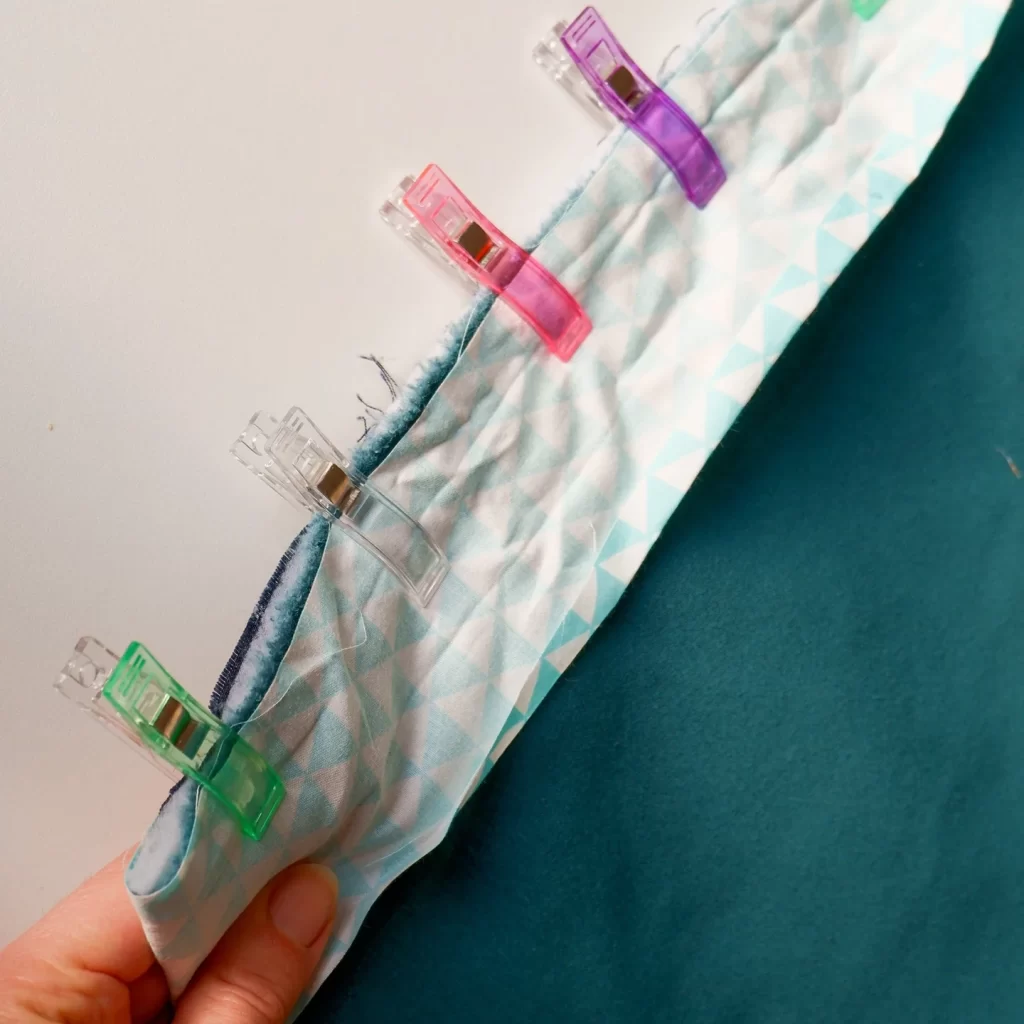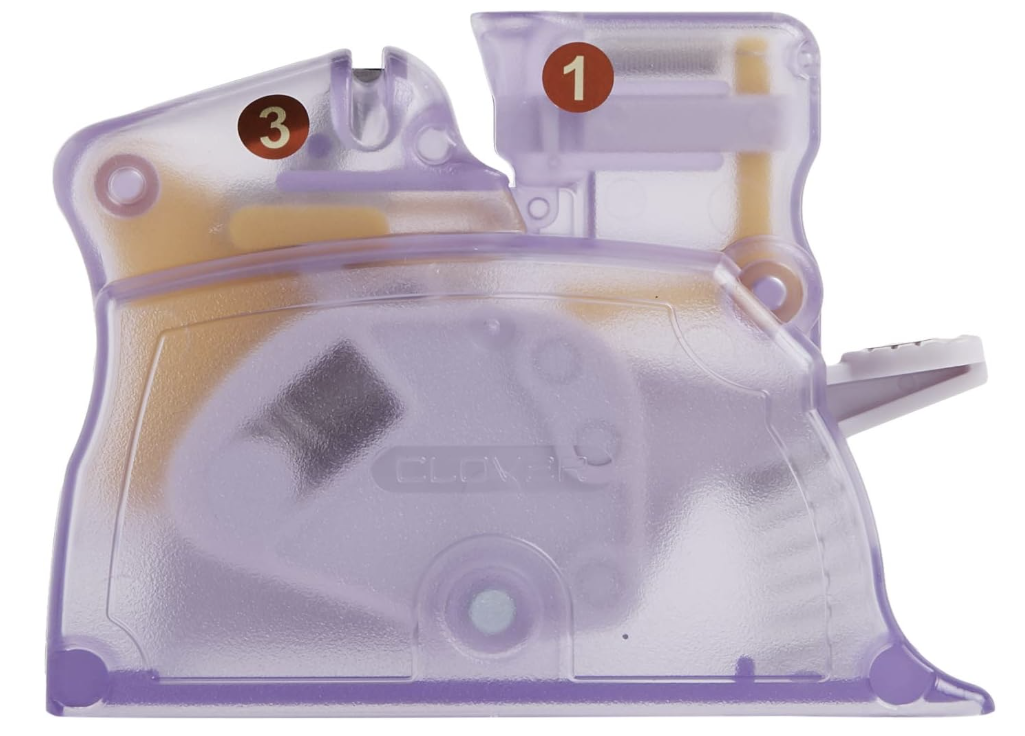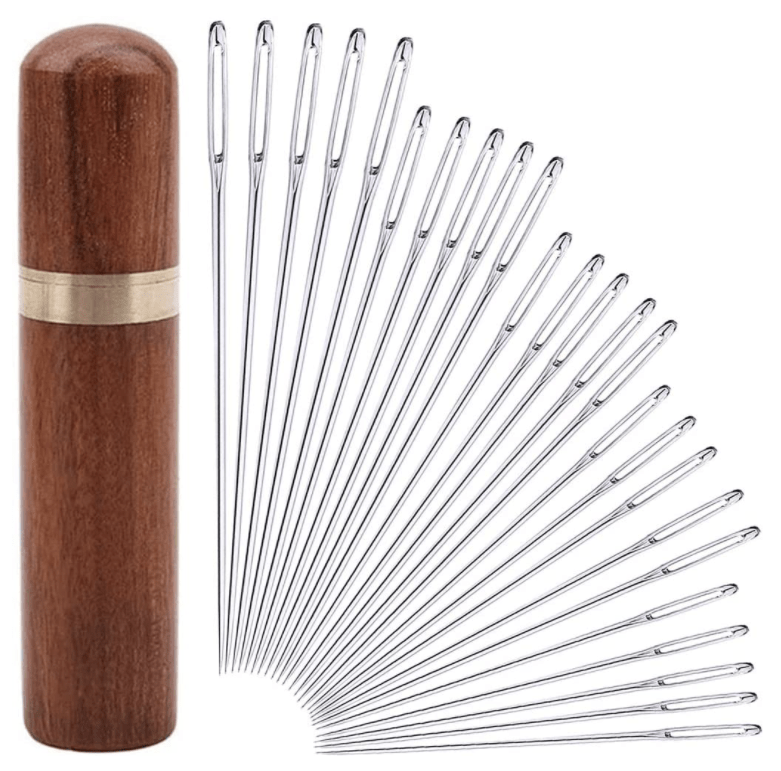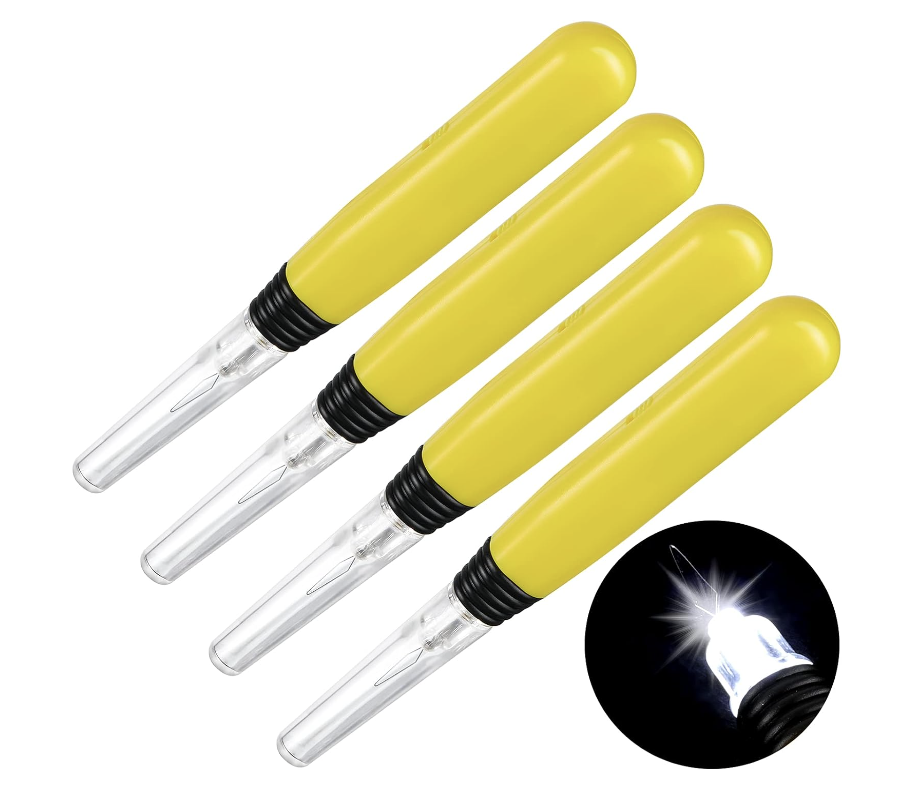Let’s talk about something that’s close to home for many of us: the challenges of sewing and quilting when our hands aren’t quite up to the task. Whether it’s fatigue from hours spent stitching or the discomfort of arthritis creeping in, these obstacles can make our stitching feel like a daunting chore. But fear not, my friend, because there are plenty of ways to overcome these hurdles and keep on stitching.

I recently asked you for your tips and suggestions for dealing with this issue. What’s worked for you and what hasn’t. In return I had lots of you share some great ideas. I promised to compile a list and share them with the whole Quiltblox Creative Community. We’ll get to that in a minute.
First off, let’s address the issue of tired hands
We’ve all been there, right? You’re in the zone, working on a project for hours on end, and suddenly your hands start to feel like they’re made of lead, or your fingers are throbbing. It’s frustrating, to say the least. But there are a few tricks you can use to give your hands some much-needed relief.
One of the simplest solutions is to take regular breaks. I know, I know, it’s hard to step away when you’re in the middle of a creative flow, but trust me, your hands will thank you for it. Set a timer for every 30 minutes or so, and when it goes off, take a few minutes to stretch your fingers and wrists. Shake out your hands, roll your shoulders, and maybe even do some gentle hand exercises to help alleviate tension. Several of you sent me the suggestion about setting a timer and then doing some hand exercises for a couple of minutes (Thanks!)
This one may seem a little strange – but it works for me. I invested in some great quality dishwashing gloves and when my hands are feeling cranky – I put on those gloves and wash up a sink full of dishes in the hottest water my hands can tolerate. By the time I’m done – my hands feel better and (bonus) the dishes are done.
Ann P. likes a rechargeable hand warmer to sooth her hands when they are cramping up. She says that 5 minutes with the hand warmer and she’s ready to stitch again.
Another helpful tip is to invest in ergonomic tools. Look for sewing and quilting supplies specifically designed to reduce strain on your hands, like rotary cutters with ergonomic handles or needles that thread themselves. These little tweaks can make a big difference in how your hands feel after a long day of stitching. With your help, I’ve started a list. I’ll share that in a minute.
Now, let’s talk about arthritis
If you’re dealing with stiff, achy joints, sewing and quilting can seem like a daunting task. Arthritis in our hands is a big deal. But don’t worry, there are plenty of ways to adapt your techniques to make things easier on yourself.
First and foremost, listen to your body. If you’re feeling pain or discomfort, don’t push through it. Take a break, stretch out your tired muscles, or try a different approach. Your body – and your project will thank you. There’s no shame in asking for help or taking things slow when arthritis flares up.
You might also want to consider modifying your tools and techniques to accommodate your needs. For example, if gripping a needle to thread it is painful, try using an automatic needle threader or a needle grip to reduce the strain on your fingers. There are also plenty of gadgets and gizmos out there designed specifically for us quilters with arthritis. As I find them – and try them, I’ll start adding them to a special section in the store.
Another thing to keep in mind is the importance of proper posture and positioning. I know we are primarily talking about our hands for this article – but – I have personally found that if my posture is good, my arms are supported and I have great lighting – I don’t grip with my hands quite so hard. Does that ring true for you too?
Make sure your sewing area is set up in a way that minimizes strain on your hands and wrists. Sit in a comfortable chair with good back support, and position your work surface at a height that allows your arms to rest comfortably at your sides. You might need to experiment with different types of seating or support cushions to find what works best for you.
Finally, don’t be afraid to get creative with your quilting techniques. There are so many ways to create beautiful quilts without putting undue stress on your hands. Try experimenting with machine quilting instead of hand quilting, or explore alternative techniques like appliqué or English paper piecing. Barbara T. recommends binding your quilts by machine instead of by hand. You might be surprised at what you can accomplish with a little ingenuity and a willingness to try new things.
Tools to try:
Lighting: If you can see better, you can relax your hands a little more.
Cutting: Rotary cutters are normally easier on our hands than scissors. The handle grip or a rotary cutter should fit your hand naturally – without putting pressure on your wrist or the base of the thumb. Charlotte recommends trying one of the many cutting machines that come with a variety or dies – or some can cut a shape you have scanned into the machine. Less cutting – more stitching.
Gripping: From holding hand sewing needles to picking up rulers, anything that makes a tool easier to hold and to use can make a big difference in how comfortable we are. Try choosing hand tools with handles that are a little larger and a little “grippy” so they won’t slip out of your hands. Julie H. recommends suction cup grip knobs for rulers – she likes the ones from Quilter’s Select.
Threading: Those tiny needles are a CHALLENGE to thread. If my fingers are cranky – I don’t even want to mess with it. Happily, I’ve discovered some solutions that work well for me.
Sewing and quilting with tired or arthritic hands does pose some challenges, but with the right tools, techniques, and mindset, it’s absolutely possible to overcome them. Remember to listen to your body, take breaks when you need them, and don’t be afraid to ask for help or try a new way of doing something. Quilting is meant to be a fun and fulfilling pursuit, and with a little creativity and perseverance, we can keep stitching up a storm for years to come.
Please note: I’m not a doctor – and I don’t play one on TV. The ideas and tips offered here are a collection of ideas shared from one quilter to another. Some tools or techniques will work better for some of us and others – not so much. Use what works best for you and don’t worry about the rest.
Happy Stitching!

